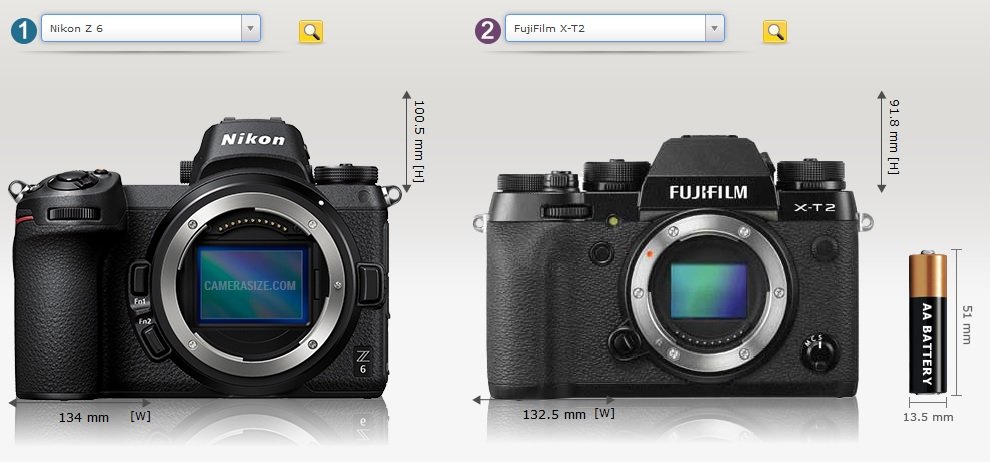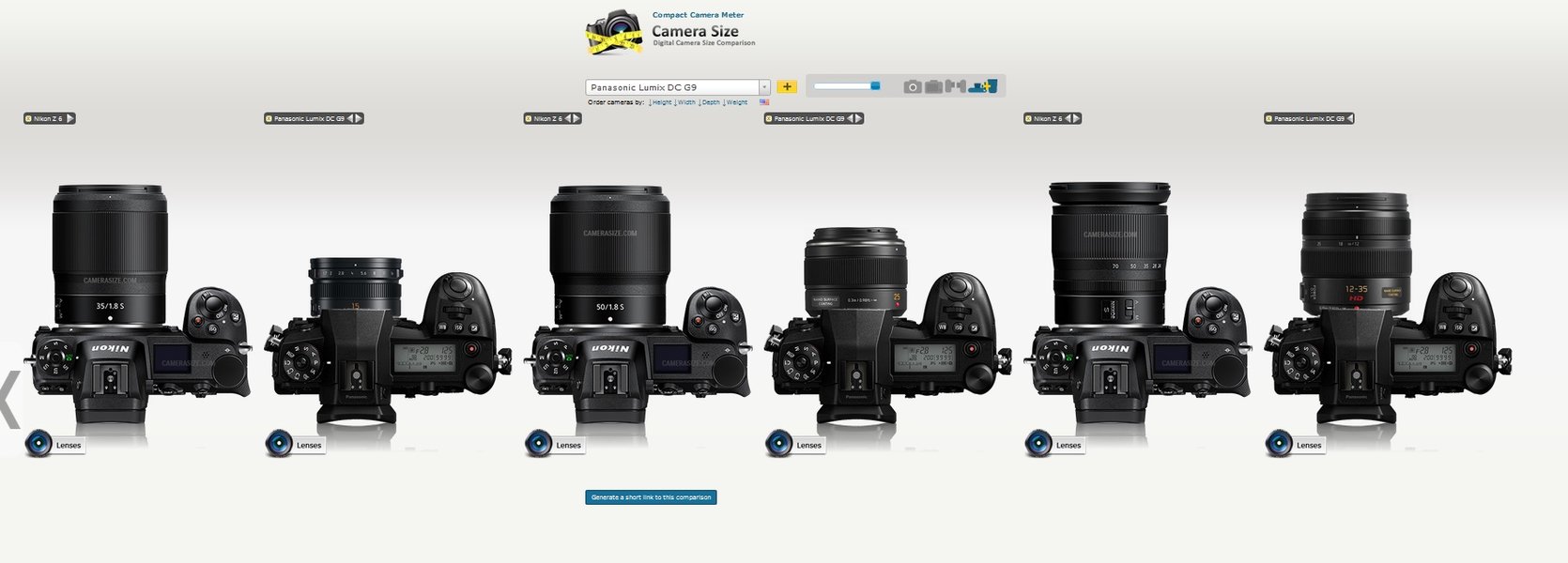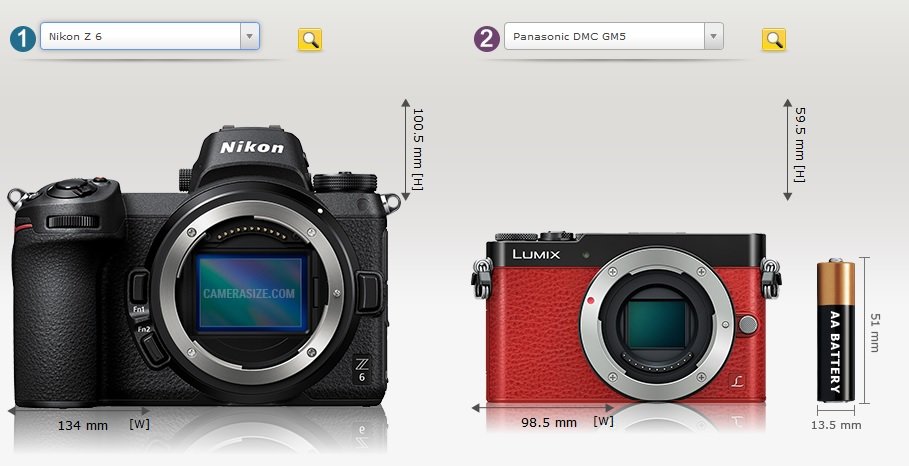I wrote about trends in the photoindustry and what in my opinion will happen in 2018 back in December 2017 (
see the first posting in this thread). Now lets see what happened 9 months later. It seems I was right with my estimations. So how does it look like now after the announcement of the Nikon Z system, a few weeks before Photokina?
Once Nikon and Canon have disclosed all details and first real life reviews about their MLU FF AF, EVF and image quality to have it more transparent, the market will shift dramatically IMHO. All cards are then on the table from the major players. Sony, Nikon and Canon with fullframe DSLRs and fullframe mirrorless options. The MLU options will be enlarged over the time from all 3.
Sony and Canon have at the same time already APS-C mirrorless systems. I expect Nikon to release a DX mirrorless body too. Either within the Z-system mount or as an own independent mirrorless lens-mount system.
Once we have all details about the newest products of those 3 big players, the other players have to reavaluate in which way they can differentiate enough to be able to sell well against those 3 alternatives. The size and the price of the Nikon Z6 is in my view a kind of restriction for all others. Nobody wants to offer something more expensive if it only has simlar features. So expect new very competitive models (price, features and size) from Sony, Canon and all the smaller players like Fuji, Olympus, Panasonic etc.
Nikon
Nikon just announced the Nikon Z series, a fullframe mirrorless system before photokina. A huge lens mount which shall make small lenses with excellent image quality easier to design. Maybe also to fit an MF sensor in it one day?
I expect simlar to the A7 variation strategy from Sony the same for Nikon and Canon. So in my opinion, the Z6 and Z7 of Nikon is only the starting point and there will come even more bodies over and under those models. Same body, different tec inside. The only restriction is the capacity at which Nikon is able to design and produce those models and the required lenses for it and how well the equivalent DSLR options are still selling (i.e. D5 etc.)
Sony
Same as always. New generation of A7 models if needed. Depending on the quality of the competitors products (Nikon and Canon)
Canon
As rumors are telling us, Canon will follow with their own fullframe mirrorless system later this year to get more attention to it in the media. I am sure Canon will also announce new M-models.
But what are the smaller players doing now?
Fuji
Fuji has to be cautious with their next X-T3 model. The XT2 is as big as the Z6, the Fuji lenses are often not as small as some of you might think. As soon as you want to have telephoto or zoom, it is getting really big and Nikon was able to launch the new P telezoom which are really small, light with fast AF and very good image quality.
The XH1 is even bigger that the Z6. So Fuji needs a kind of XT3 which is smaller (at least not bigger) and definetly cheaper than the XT2 at launch price. See size comparisons with the Nikon Z6:
If I would be Fuji, I would lower the price of the XT3 dramatically at launch and offer asap a small wideangle zoom and a small telezoom i.e. a 50-150/F4 which has to be smaller than the XC50-230 zoom and the WA zoom smaller than the 10-24 zoom. Maybe by just liiting the WA range more.
Panasonic/Olympus
As expected, Panasonic released the GX9 in 2018. A mixture between GX80/85 and and GX8. Nice, small size, but not in all dimensions the latest innovations included as in the G9, which was launched end of 2017 in a significant bigger body. Olympus was even more hesitant.
If I werePanasonic/ Olympus, I would shift my focus now completely on smaller bodies and lenses. Small and light. This is the main strenght of the MFT system with its smaller sensor. Noone else from the competition can achieve that in this way, because everyone else is limited by the size of the bigger sensors. A smaller sensor is an advantage here. Play that advantage.
At the same time it is not done yet with a smaller body. To convince someone to buy into that system with smaller bodies and lenses, the bodies also have to offer the latest technology inside. So the inside of the G9 in a bodysize of a GX9 and/or GM5. Improve the EVF. Improve the AF for video and sports. Include a Mic input. Then it will sell like hot cakes.
If you look at the size differences i.e. between a Panasonic G9 or Olympus EM1 MkII vs. a Nikon Z6 and look at the sensor sizes, you will see immediately, that you can not win that battle with bodies of these sizes. Small is beautiful. Small is the way to make profit, sell in volumes and increase market share. See the comparison in sizes:
Same goes for the lenses. Focus on small lenses. Add water resistance, improve image quality (i.e. PL25/1.4). Add an aperture ring to it (see PL 25/1.4). But do not make them bigger!
Pentax
Still, I do not have a clue. No marketing message. Only silence. I still hope for a Rico GRIII though.
Hasselblad
Same like Pentax. Communication is obviously not their strenght. I guess there will come a successor of the X1D with bigger sensor. But the roadmap announced in 2017 is not fullfilled for the planned 2018 lenses and there is no indication what is going on there.
I would have expected more in that price range and for that old and traditionall company. Times are changing. If you do not adapt to change and do not try harder you will be at some point only history. Minolta, Contax, Rollei, Mamiya etc. have shown this.
So this is my very personal view on this for the next months.
But what do you think?
Did your opinion change since last December? What will you do?






